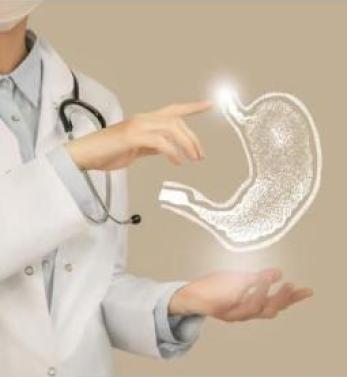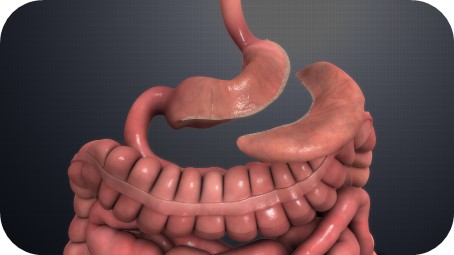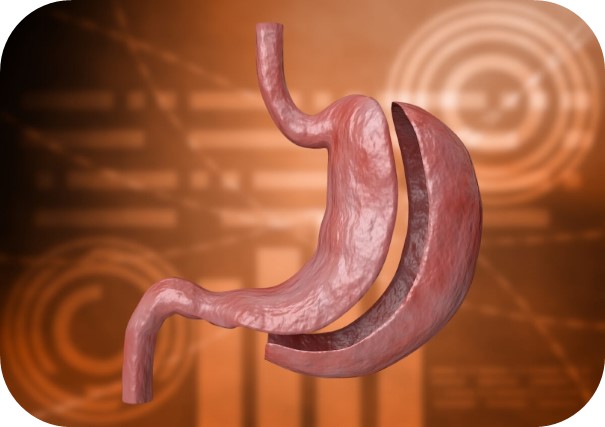










The gastrointestinal system is essentially a long tube running through the body with specialized sections that are capable of digesting material put in the mouth and extracting any useful components from it, then expelling the waste products. Food after ingestion undergoes three types of processes in the body:
•Digestion
•Absorption
•Excretion
The entire gastrointestinal system is under hormonal control with the presence of food in the mouth triggering a cascade of hormonal actions. When food reaches the stomach, different hormones activate gastric secretion, increased gut motility, enzyme release etc.
Nutrients from the gastrointestinal tract are not processed on-site but instead will be absorbed and taken to the liver through the blood circulation to be broken down further, stored, or distributed.
Esophagus
Once food is chewed and mixed with saliva in the mouth, it is swallowed and passes down the esophagus. The esophagus has a stratified squamous epithelial lining (SE) which protects the esophagus from trauma. The submucosa lining (SM) secretes mucus from mucous glands (MG) which aid the passage of food down the esophagus. The esophageal wall muscle layer helps to push the food into the stomach by waves of motion called peristalsis.
Stomach
The stomach is a ‘j’-shaped organ with two openings- the esophageal and the duodenal - and four regions- the cardia, fundus, body, and pylorus. Each region performs different functions including mixing of the food with digestive enzymes. The layer of mucus produced prevents the stomach from digesting itself.

The stomach’s functions are:
•Temporary food storage
•Control the rate at which food enters the small intestine
•Antibacterial action
•Fluidization of stomach contents
•Preliminary digestion with pepsin, lipases etc.
•Small Intestine
The small intestine is the site where most of the chemical and mechanical digestion is carried out, and where virtually all of the absorption of useful materials occurs. The whole of the small intestine is lined with an absorptive mucosal layer, with certain modifications for each section. The intestine also has a smooth muscle wall with two layers of muscle; rhythmical contractions force products of digestion through the intestine (peristalsis).
There are three main sections to the small intestine:
The duodenum forms a ‘C’ shape around the head of the pancreas. Its main function is to neutralize the chyme and to initiate further digestion; Brunner’s glands in the submucosa secrete alkaline mucus and protects the surface of the duodenum.
The jejenum and the ileum are the greatly coiled parts of the small intestine, and together are about 4-6 meters long. The mucosa of these sections is highly folded (the folds are called plica), increasing the surface area available for absorption dramatically.